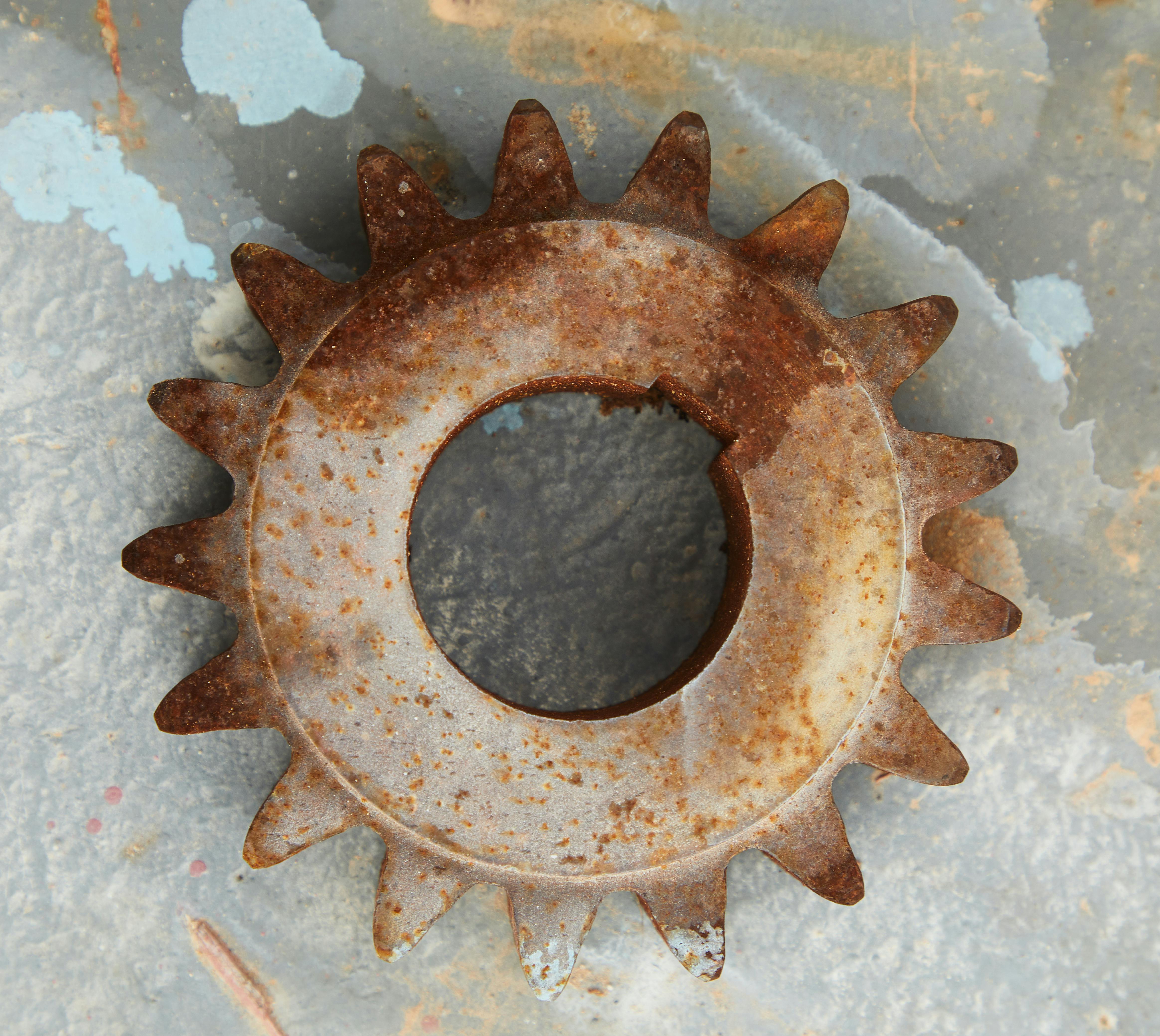 The Benefits of Choosing the Best Waste Removal System
The Benefits of Choosing the Best Waste Removal System
Having a waste removal system in place is essential for any business, especially one that produces a large amount of waste, such as Midland Toilet Hire. But with so many different systems available, how do you know which one is the best for your needs? This article will provide helpful tips on how to choose the best waste removal system for your business.
To start, it’s important to understand the different types of waste removal systems available. There are three primary types: manual systems, automated systems, and hybrid systems. Each type has its strengths and weaknesses and will be best suited for different types of businesses. Here’s a quick look at the three:
Manual System:
Manual waste removal systems are the most basic type of waste removal system. They require human labor to move waste from one location to another. This type of system is typically used in businesses that produce a small amount of waste and don’t need to move large amounts of it.
Advantages:
• Cost-effective – Manual systems are usually the least expensive option.
• Flexible – As long as you have enough workers to move the waste, you can move it wherever you need.
• Easy to install – Manual systems require minimal installation.
Disadvantages:
• Slow – Manual systems are time consuming and labor intensive.
• Limited capacity – Manual systems are not designed to move large amounts of waste.
• Dependent on labor – Manual systems require human labor to operate.
Automated Systems:
Automated waste removal systems are powered by machines and are designed to move large amounts of waste quickly and efficiently. This type of system is typically used in large businesses that produce a large amount of waste.
Advantages:
• Speed – Automated systems can move large amounts of waste quickly.
• Capacity – Automated systems are designed to move large amounts of waste.
• Reliable – Automated systems are powered by machines, so they are dependable.
Disadvantages:
• Cost – Automated systems can be expensive to install and maintain.
• Complicated – Automated systems are complicated and require specialized training to operate.
• Limited flexibility – Automated systems are not as flexible as manual systems.
Hybrid Systems:
Hybrid waste removal systems combine elements of both manual and automated systems. This type of system is typically used in businesses that produce a moderate amount of waste but need the flexibility of a manual system and the capacity of an automated system.
Advantages:
• Cost-effective – Hybrid systems are usually less expensive than automated systems.
• Flexible – Hybrid systems can be used in a variety of ways, depending on your needs.
• Easy to install – Hybrid systems require minimal installation.
• Capacity – Hybrid systems are designed to move large amounts of waste.
Disadvantages:
• Dependent on labor – Hybrid systems require some human labor to operate.
• Complicated – Hybrid systems can be complicated and require specialized training to operate.
Now that you have a better understanding of the different types of waste removal systems, you can start to determine which one is best for your business. Here are a few tips to help you choose the best system for your needs:
1. Determine the amount of waste your business produces.
The amount of waste your business produces will help you determine which type of system is best for you. If you produce a small amount of waste, a manual system may be the best choice. If you produce a large amount of waste, an automated system may be the best choice.
2. Consider the space available.
Automated systems require a large amount of space for installation, while manual systems require less. Consider the space available before deciding on a system.
3. Consider the cost.
The cost of installing and maintaining a waste removal system should be taken into account when making a decision. Automated systems are usually more expensive than manual systems, but may be necessary if you produce a large amount of waste.
4. Consider the availability of labor.
Manual systems require labor to operate, while automated systems do not. Consider the availability of labor before making a decision.
5. Consider the flexibility of the system.
Manual systems are more flexible than automated systems, but if you need the capacity of an automated system, a hybrid system may be the best option.
Choosing the right waste removal system for your business is an important decision. By following these tips, you can ensure you choose the best system for your needs. Midland Toilet Hire can provide helpful advice and assistance in selecting the right system for your business.
